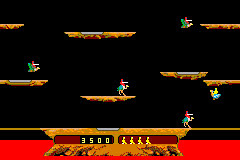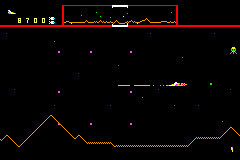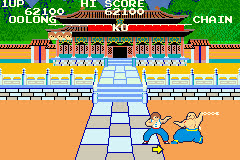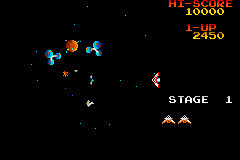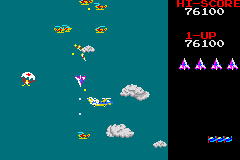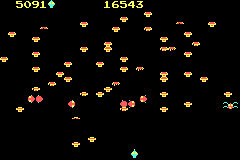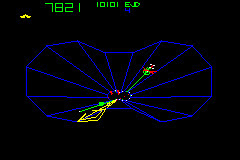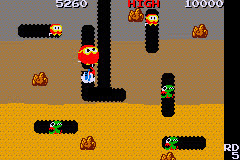Dig Dug II
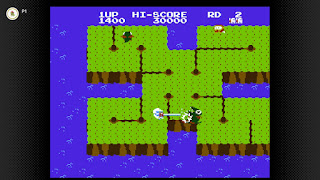
Dig Dug II is a very strange sequel. It has enough elements from its predecessor to obviously be a Dig Dug game, but the look and feel are almost entirely restructured. I'm not against experimentation in sequels, but it was still a little startling to me that Dig Dug took the Zelda II approach rather than that of Ms. PAC-MAN . Thankfully, I think the strangeness paid off. It's definitely not better than its predecessor, but Dig Dug II is still a fun time. Just like the original, your goal in each of the stages is to defeat all of the enemies. It's the same two varieties that you are familiar with from the first game, and you can still pump them full of air to pop them, but the game's new setting introduces a brand new option for achieving victory. Instead of taking place in intricate underground tunnels, Dig Dug II is entirely above-ground on various structurally unsound islands. Each island is marred by cracks and holes that you can use you damage the island even


